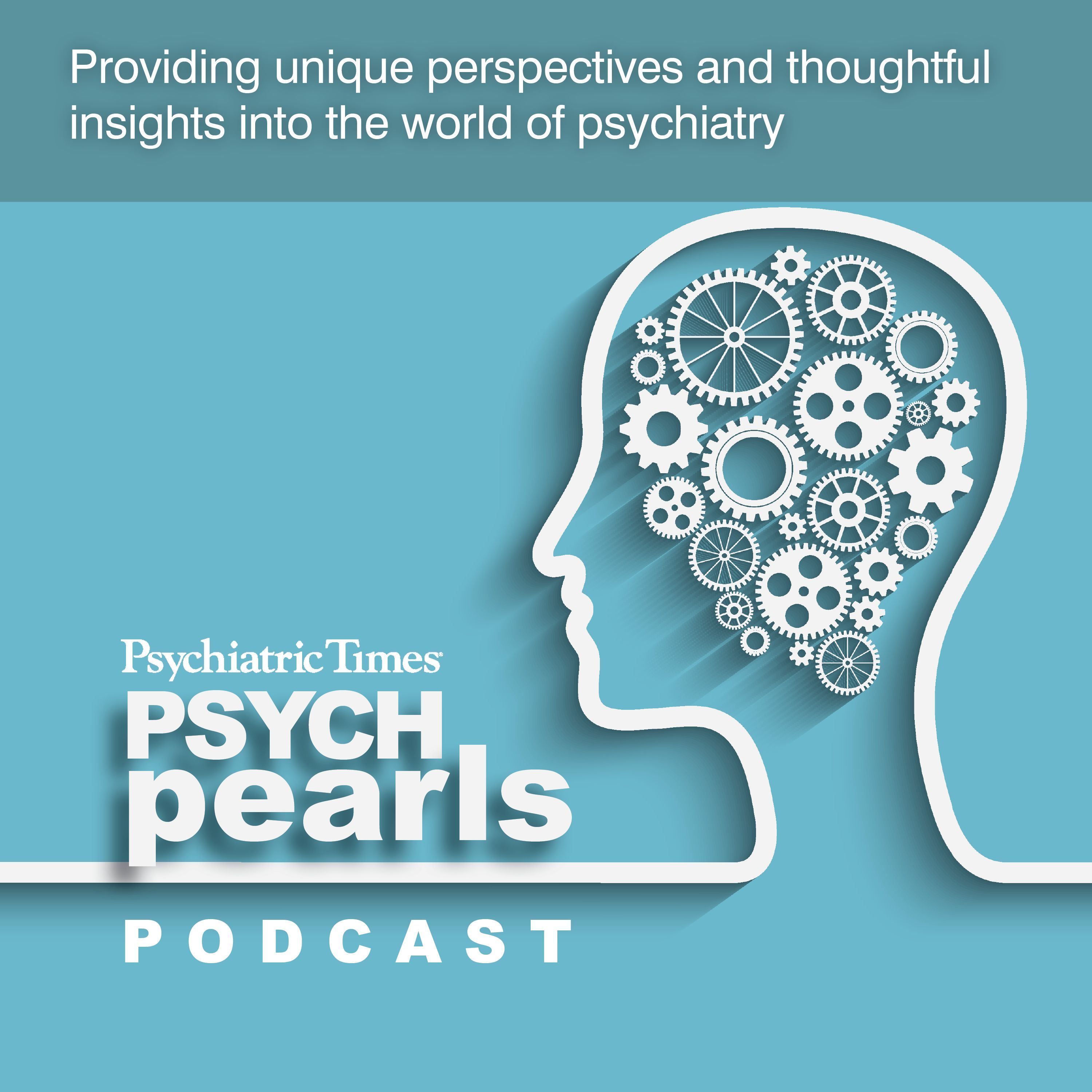News
Article
Crafting Calm From Crisis
Author(s):
Key Takeaways
- Crisis stabilization centers offer immediate, specialized care for psychiatric episodes, reducing the burden on emergency departments and providing a therapeutic environment.
- These centers include spaces for intake, observation, subacute inpatient care, and outpatient care, tailored to community and cultural contexts.
Crisis stabilization centers provide immediate, compassionate care for mental health crises, reducing emergency department congestion and enhancing recovery pathways.

SPECIAL REPORT: EMERGENCY PSYCHIATRY
In any given year, about 1 in 4 Americans—almost 60 million individuals—experiences a behavioral health issue according to Mental Health America (MHA) statistics.1 As a result, we are seeing a spike in the volume of those in a mental health crisis arriving at hospital emergency departments, from mental illness or substance use disorders.2About half of all children who come to an ED with a mental health issue end up boarding in the ED due to a lack of inpatient beds, according to data.3
Recent data suggests that more than half of adults with a mental illness (about 28 million) did not receive treatment.1 Stand-alone psychiatric EDs may work for a hospital campus, but not every community has such extensive health infrastructure. Thus, crisis stabilization centers have a key role to play in addressing this rise in mental health crises at the point of need.
Crisis Stabilization Centers
First responders can divert those having a critical mental health episode to a crisis stabilization center, where available, rather than to an ED or law enforcement setting. These safe, deinstitutionalized, and therapeutic settings provide an individual in crisis with immediate access to care. Here, specially trained providers can set the course for an individual’s recovery.
Crisis stabilization centers are suited to those who are medically stable but experiencing a psychiatric episode—perhaps due to substance use, a chemical or pharmacological imbalance, or psychological issue. The individual needs to see the appropriate care team (eg, psychiatric nurses that have crisis training, social workers, therapists, and psychiatrists). Staff can assess them quickly and move them into a safe environment for observation. After which they can move to an inpatient or transitional outpatient setting. These centers can be within or next to an existing hospital complex, connected to the hospital ED, or they can be freestanding facilities.
How Do Crisis Stabilization Centers Work?
A variety of models of care and planning concepts shape crisis stabilization center design. Generally, these centers feature 4 key spaces: intake, observation, subacute inpatient units, and outpatient care. These spaces should account for aspects of community, cultural context, project constraints, and the nuances of the model of care. The Emergency Psychiatric Assessment, Treatment, and Healing (EmPATH) model, pioneered by Scott Zeller, MD, focuses on “treating patients in a calming, living room setting” with “artwork, natural light, and sensory rooms.” We believe this model is well-suited for crisis stabilization inpatient settings.
Intake. When a first responder determines that a patient in crisis is medically stable, they will take that individual to a crisis stabilization center for transfer of care from one health team member to another, sometimes in the presence of family, to the facility staff. The first responder or crisis mobilization team will debrief the center’s staff on the condition and context they found the patient in and share observations before they transfer custody. Alternatively, walk-in centers are another intake method via a behavioral health urgent care clinic.
In contrast to the often-lengthy wait times for a psychiatric consult and evaluation at an ED, crisis stabilization centers offer the individual attention. The center’s care team can admit a new patient, typically through an interlocking entryway, and assess them immediately. Delay of treatment can result in trauma, so speed of assessment and immediate access to care is key.
Observation. Patients spend less than 24 hours in an observation area, as the care team gets more information to understand the nature of their crisis. Is it a medication imbalance? An addiction issue? Is there a psychological issue that takes time to present? Does the individual just need a safe space to gradually deescalate?
Subacute inpatient units. The subacute setting is for patients who are medically stable but need additional care or observation. The care team can assess the patient over a longer period while building a recovery or care plan.
These subacute environments are a less expensive alternative to an inpatient psychiatric unit in a hospital. These deinstitutionalized environments can help ease the patient’s stress.4 They are staffed with specially trained psychiatric nurses, social workers, and providers. With 16 beds or less, they are more intimate than inpatient facilities. Their homelike and hospitality-oriented dormitory-style rooms give some privacy and reinforce dignity.
Outpatient care. Those who are in crisis but do not need continued observation and patient care can use outpatient spaces for transitional care and various forms of therapy. Transitional care (ie, day hospital programs or intensive outpatient programs) can consist of intensive, often daylong adjunctive therapies, consults, counseling, and group therapy, depending on the patient’s care plan.
Making the Crisis Stabilization Model Work
The US is finally meeting the urgent need for crisis stabilization with funding and infrastructure. On July 16, 2022, the 988 Crisis Hotline went live, creating a nationwide network of call centers and mental health providers to respond to those in crisis more comprehensively. This hotline serves as a pipeline to crisis stabilization. Canada is considering a similar approach in the future.5
Local governments are also developing affordable ways to supply more mental health services. The Alameda model ensures patients who are brought to regional EDs with emergency psychiatric issues are quickly transferred to a designated emergency psychiatric facility as soon as they are medically stabilized.6 This approach has proven that high-functioning crisis response centers can increase access to care, decrease wait times, and mitigate ED boarding—resulting in fewer inpatient admissions and reduces overall costs.7
State and local health care systems are also partnering with private developer-driven entities to create these models of care, build the facilities, and function as specialized operators. These facilities can be an extension of an existing state or county facility, newly built, or retrofitted on an existing campus. In this way, every community can address the mental health crises specific to their needs.
Dignity-Driven Design
Crisis stabilization centers are evolving, and there is research underway to better understand best practices and evidence-based design principles for crisis care centers. We have seen how to leverage design standards to ensure high-quality environments of care across diverse regulatory settings nationwide.8 We will be sure to let the principles of design for mental health—evidence-based and trauma-informed (Trauma-Informed Design Framework, 2024) approaches that value dignity, empathy, and experiential considerations—guide us in our designs for these important and much-needed healing spaces.9,10
Mr Parker is an architect and dedicated Mental and Behavioral Health Planner at Stantec. Mr Sell is a principal, senior behavioral health planner at Stantec. Ms Linstrom behavioral health subject matter specialist at Stantec.
References
1. Reinert M, Fritze D, Nguyen T. The State of Mental Health in America. Mental Health America. July 2024. Accessed April 7, 2025. https://mhanational.org/wp-content/uploads/2024/12/2024-State-of-Mental-Health-in-America-Report.pdf
2. Theriault K, Rosenheck R, Rhee T. Increasing emergency department visits for mental health conditions in the United States. J Clin Psychiatry. 2020;81(5):20m13241.
3. Emergency room boarding of kids in mental health crisis. Children’s Hospital Association. 2023. Accessed April 7, 2025. https://www.childrenshospitals.org/-/media/files/public-policy/mental_health/fact_sheets/2023-boarding-fact-sheet.pdf
4. Ulrich RS, Bogren L, Gardiner SK, Lundin S. Psychiatric ward design can reduce aggressive behavior. J Environ Psychol. 2018;57:53-66.
5. 9-8-8: Suicide crisis helpline. November 2023. Accessed April 7, 2025. https://www.canada.ca/en/public-health/news/2023/11/9-8-8-suicide-crisis-helpline.html
6. Moulin A, Jones K. The Alameda Model: an effort worth emulating. West J Emerg Med. 2014;15(1):7-8.
7. Kim AK, Vakkalanka JP, Van Heukelom P, et al. Emergency psychiatric assessment, treatment, and healing (EmPATH) unit decreases hospital admission for patients presenting with suicidal ideation in rural America. Acad Emerg Med. 2022;29(2):142-149.
8. Design Guidelines. US Department of Veterans Affairs. December 2010. Accessed April 11, 2025. https://www.cfm.va.gov/til/dGuide.asp
9. Shepley MM, Pasha S. Design Research And Behavioral Health Facilities. The Center for Health Design. July 2013. Accessed April 7, 2025. https://www.healthdesign.org/system/files/chd428_researchreport_behavioralhealth_1013-_final_0.pdf
10. Cowart CAA, Roche JE, Erdman A, Harte JD. Trauma-Informed Design: A Framework for Designers, Architects, and Other Practitioners. Trauma-Informed Design Society; 2024.






